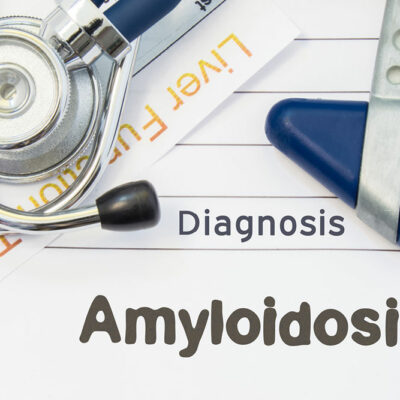
Diagnosing and Treating Stomach Cancer
Stomach cancer can start and spread in several ways. A diagnosis of this condition implies the tumor originated in the stomach and may or may not have spread to other parts of the body, depending on the stage of cancer. The treatment procedures opted for depend on the types of stomach cancer and its progress so far. They also depend on the ability of the patient to withstand the methods used.
This article talks about the types, methods of diagnosis, stages, and treatments of stomach cancer.
1. Types of stomach cancer
- Adenocarcinoma of the stomach
This is the most commonly diagnosed type of stomach cancer. Approximately 90-95% of the cases are of this type and it develops from the cells that form the innermost lining of the stomach.
- Lymphoma of the stomach
This type accounts for 4% of stomach cancers and occurs when cancerous cells form in the lymphatic tissue that can be found in the wall of the stomach.
- Gastrointestinal stromal tumor (GIST)
These are rare tumors that form in the muscle or connective tissue of the stomach wall. They may be benign and can also be found in other parts of the digestive tract.
- Neuroendocrine tumors
The cancerous cells, in this type of stomach cancer, form tumors in the hormone-making cells. Neuroendocrine tumors are rare.
2. Diagnosis
During the diagnostic process, the doctors recommend various tests and ask the patient about their family history, lifestyle, and eating habits to get a better idea of the type of stomach cancer. Tests recommended are usually a gastroscopic exam, ultrasound scan, CT scan or PET scan, laparoscopy, and barium meal X-ray. Given below are the details of the stages of gastric cancer.
- Stage 0
In this stage, the abnormal cells are detected in the inner lining of the stomach wall called mucosa. The cancer cells have not spread to other parts.
- Stage IA
The cancer cells spread to the submucosa, the next layers after the mucosa of the stomach.
- Stage IB
The cancer cells spread into the next layers of the stomach that are near the lymph nodes.
- Stage IIA
Cancer has spread into one or two lymph nodes.
- Stage IIB
The cancer cells have spread to a higher number of lymph nodes.
- Stage IIIA
The cancer cells start to develop through the stomach walls.
- Stage IIIB
It begins to metastasize to the nearby organs.
- Stage IIIC
Cancer has spread to almost all parts of the stomach and also into nearby organs.
- Stage IV
Cancer has spread to distant organs and is extremely hard to cure.
3. Treatment
Treatment for cancer usually consists of chemotherapy, radiation therapy, surgery, and medication.
- Surgery
In the early stage of cancer, doctors opt for surgery as this has the highest chances of successful removal of the tumor. In some cases, the affected part of the stomach may be removed to stop the advancement of cancer.
- Radiation therapy
Radiation therapy damages the DNA of the cancerous cells and decreases their growth. This process of treatment is used to kill cancer cells in the body, to shrink tumors, and to prevent cancerous cells from growing again.
- Chemotherapy
Doctors recommend chemotherapy, which uses medication given orally or intravenously, to treat cancer. This treatment process has some side effects and may harm the healthy cells in the body since the attack is not targeted. In some cases, chemotherapy is used before the surgery and, sometimes, after the surgery. It completely depends on the type of stomach cancer patients are suffering from.
Stomach cancer is hard to recognize at an early stage, but with proper medication and therapy, it can be cured. Lifestyle changes along with these treatments help to decrease the risk of stomach cancer spreading.


